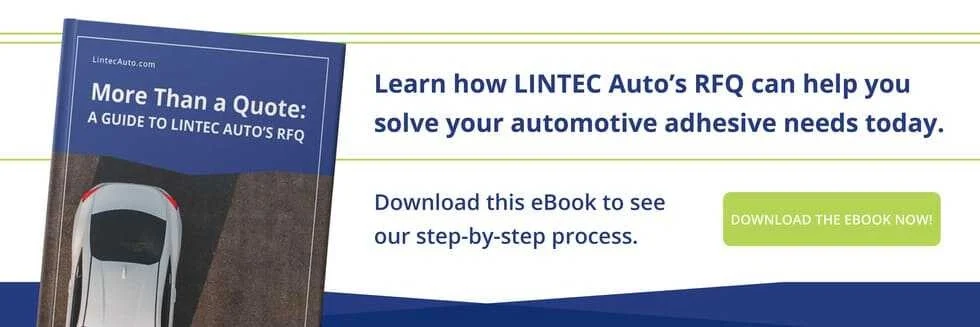What are the Advantages & Disadvantages of Paint Protection Film?

Paint protection film can make a huge difference in the longevity of a flawless paint job, but it also represents an additional cost during assembly. You might find yourself asking, is it worth it?
We’ve laid out all of the advantages and disadvantages of paint protection film in this simple pros/cons list to help you evaluate your options:
PROS: The Advantages of Paint Protection Film
- It’s Invisible: You may be covering the vehicle’s paint, but a thin, transparent layer of paint protection film (PPF) is almost impossible to notice. Modern films can provide lasting and durable protection without bulky thickness. Most come in at only 8 mils (0.0008 inches) and block less than 0.1% of light from reaching the paint!
- Customizable For Your Needs: It’s easy to target specific vehicle areas with die-cut anti-chipping films or wrap whole body panels, as appropriate to your project.
- Hydrophobic Properties: Automotive paint protection film is hydrophobic. This means liquids and contaminants will bead up and runoff, (like a waxed hood). It’s easier to preserve the brilliant luster of your paint job when it repels dirt, mud, oils, smudges, and streaks.
- Extends Service Life of Vehicle: Automotive value depreciates as years of wear and tear degrade a vehicle’s mechanical properties and appearance and shine. Paint protection films preserve the vehicle’s youth by effectively repelling debris, rocks, sand, and other impacts that cause incidental chips, scratches, and abrasions. Some films are even self-healing.
- Easier to Apply Than Alternatives: Ceramic coatings are another common solution for paint protection. Unfortunately, these coatings are messier, require expensive equipment, and extend the already-long curing time for your painting process. Inefficiencies like these hurt your margins. PPF installation is quick; it helps you pass savings on to OEMs and boost bargaining power.
CONS: The Disadvantages of Paint Protection Film
- Upfront Costs: It’s more expensive to apply a paint protection film than to simply leave the paint as is. However, the additional costs are more than made up for in long-term value gain—especially in high-risk areas of the vehicle. You can minimize expenses by opting for protective films only in areas commonly exposed to impacts and contaminants (i.e., fenders, lower body panels, front fascia, side mirrors).
- The Film Could Be Applied Incorrectly: A paint protection film is only a reliable solution if applied across the full surface area in a smooth manner, free of ripples, wrinkles, and bubbles. You can avoid the risks of an improper application by using a reliable vendor and providing your team with an easy-to-apply product that takes minimal training to apply.
- Some Films Yellow Over Time: This is a common flaw of older film types, which degrade and yellow with substantial UV exposure (a given on an outdoor vehicle). Newer materials no longer have this defect. Modern urethane films retain their perfect transparency throughout their service life.
- Needs to be Replaced: Paint protection films commonly feature warranties of 5, 10, or 12 years. After this time, the integrity of the film cannot be guaranteed. However, this is a significant period of optimal service life, and replacing a paint job in the meantime (due to insufficient protection) would be a monumental expense.
- The Car Still Needs Paint: Paint protection films won’t eliminate the time consuming and expensive painting process—only protect the paint job once it’s cured. However, if line times are your concern, you might consider paint replacement films. These films feature vivid colors that closely mimic the appearance and performance of automotive paint without the hassle.
The advantages won’t always outweigh the disadvantages of paint protection film—that’s up to your budget, the scope of your project, and your product’s expected operating conditions. Nonetheless, they’re certain to improve the quality of your offerings wherever and however you’re able to deploy them. Contact a wheel protection films supplier today for more details.


